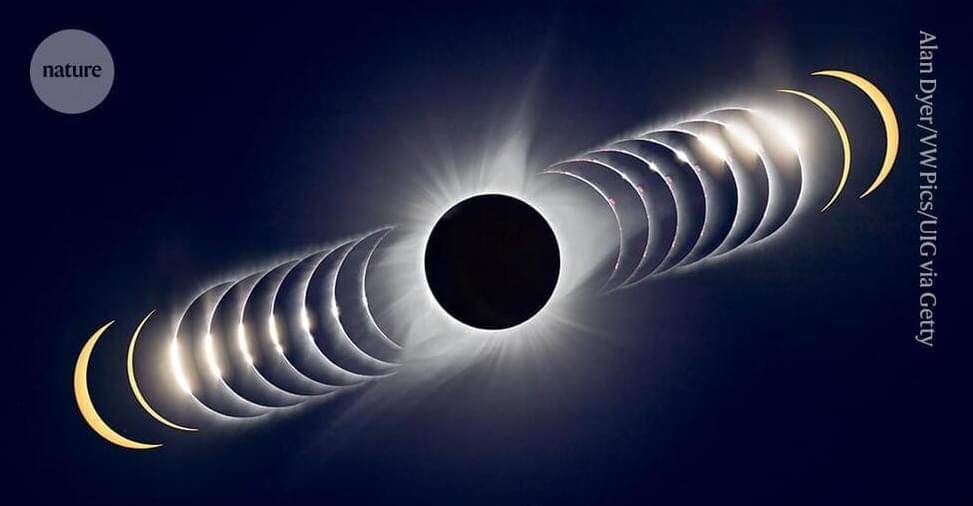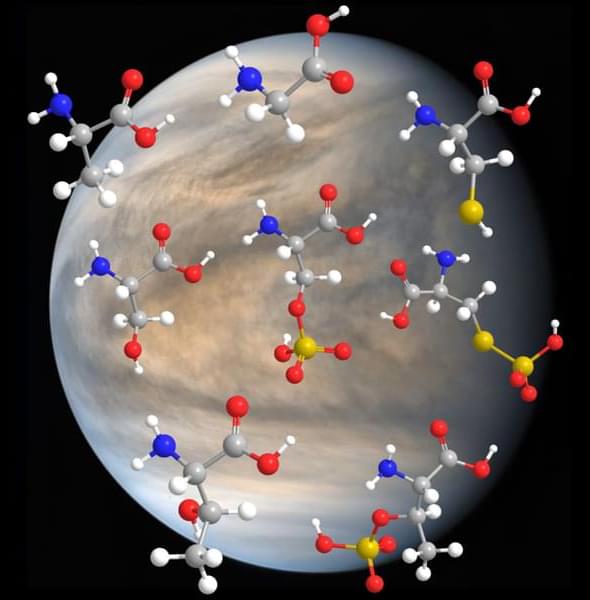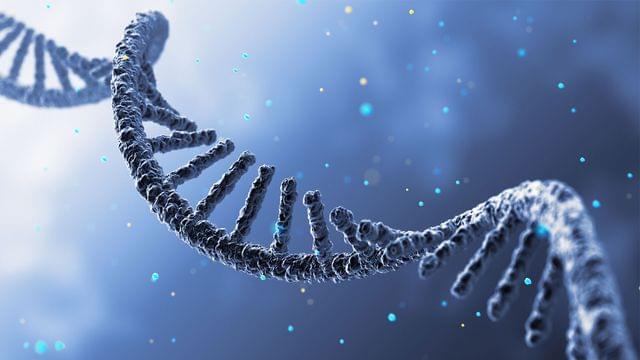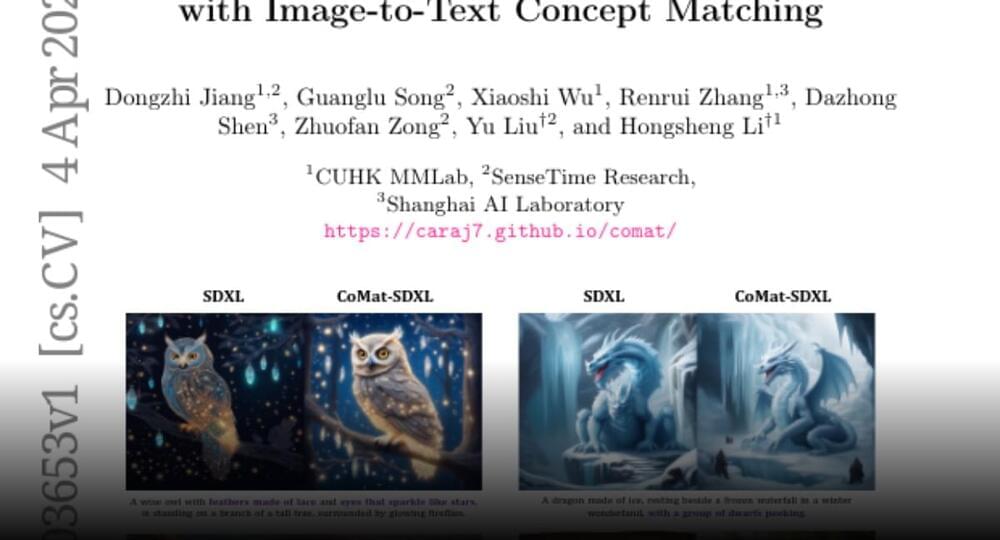The Sun’s mysterious outer atmosphere, the corona, will become easier to view from Earth on 8 April.
Total solar eclipse 2024: how it will help scientists to study the Sun.


If there is life in the solar system beyond Earth, it might be found in the clouds of Venus. In contrast to the planet’s blisteringly inhospitable surface, Venus’ cloud layer, which extends from 30 to 40 miles above the surface, hosts milder temperatures that could support some extreme forms of life.
If it’s out there, scientists have assumed that any Venusian cloud inhabitant would look very different from life forms on Earth. That’s because the clouds themselves are made from highly toxic droplets of sulfuric acid—an intensely corrosive chemical that is known to dissolve metals and destroy most biological molecules on Earth.
But a new study by MIT researchers may challenge that assumption. Published today in the journal Astrobiology, the study reports that, in fact, some key building blocks of life can persist in solutions of concentrated sulfuric acid.

A new study has shown that food-seeking cells exist in a part of a mouse’s brain usually associated with panic — but not with feeding. Activating a selective cluster of these cells kicked mice into ‘hot pursuit’ of live and non-prey food, and showed a craving for fatty foods intense enough that the mice endured foot shocks to get them, something full mice normally would not do. If true in humans, who also carry these cells, the findings could help address the circuit that can circumvent the normal hunger pressures of ‘how, what and when to eat.’
People who find themselves rummaging around in the refrigerator for a snack not long after they’ve eaten a filling meal might have overactive food-seeking neurons, not an overactive appetite.
UCLA psychologists have discovered a circuit in the brain of mice that makes them crave food and seek it out, even when they are not hungry. When stimulated, this cluster of cells propels mice to forage vigorously and to prefer fatty and pleasurable foods like chocolate over healthier foods like carrots.

In a new Nature study, Columbia Engineering researchers have built a photonic chip that is able to produce high-quality, ultra-low-noise microwave signals using only a single laser. The compact device—a chip so small, it could fit on a sharp pencil point—results in the lowest microwave noise ever observed in an integrated photonics platform.
The achievement provides a promising pathway towards small-footprint ultra-low-noise microwave generation for applications such as high-speed communication, atomic clocks, and autonomous vehicles.
The challenge Electronic devices for global navigation, wireless communications, radar, and precision timing need stable microwave sources to serve as clocks and information carriers. A key aspect to increasing the performance of these devices is reducing the noise, or random fluctuations in phase, that is present on the microwave.
Learn More https://tinyurl.com/ThermonatorThermonator is the first-ever flamethrower-wielding robot dog. This quadruped is coupled with the ARC Flamethrower…
Globally, computation is booming at an unprecedented rate, fueled by the boons of artificial intelligence. With this, the staggering energy demand of the world’s computing infrastructure has become a major concern, and the development of computing devices that are far more energy-efficient is a leading challenge for the scientific community.


Certain RNA molecules in the nerve cells in the brain last a life time without being renewed. Neuroscientists from Friedrich-Alexander-Universität Erlangen-Nürnberg (FAU) have now demonstrated that this is the case together with researchers from Germany, Austria and the USA. RNAs are generally short-lived molecules that are constantly reconstructed to adjust to environmental conditions. With their findings that have now been published in the journal Science, the research group hopes to decipher the complex aging process of the brain and gain a better understanding of related degenerative diseases.
Most cells in the human body are regularly renewed, thereby retaining their vitality. However, there are exceptions: the heart, the pancreas and the brain consist of cells that do not renew throughout the whole lifespan, and yet still have to remain in full working order. “Aging neurons are an important risk factor for neurodegenerative illnesses such as Alzheimer’s,” says Prof. Dr. Tomohisa Toda, Professor of Neural Epigenomics at FAU and at the Max Planck Center for Physics and Medicine in Erlangen. “A basic understanding of the aging process and which key components are involved in maintaining cell function is crucial for effective treatment concepts:”
In a joint study conducted together with neuroscientists from Dresden, La Jolla (USA) and Klosterneuburg (Austria), the working group led by Toda has now identified a key component of brain aging: the researchers were able to demonstrate for the first time that certain types of ribonucleic acid (RNA) that protect genetic material exist just as long as the neurons themselves. “This is surprising, as unlike DNA, which as a rule never changes, most RNA molecules are extremely short-lived and are constantly being exchanged,” Toda explains.


The Food and Drug Administration has approved a blood test to detect concussion that produces results in minutes rather than hours — a breakthrough that could help expedite treatment for service members with traumatic brain injuries, according to the U.S. Army and Abbott Laboratories, the…
Read Next: New Cold-Assignment Incentive Pay Coming for Airmen and Guardians at 7 Bases
“This can help get the most severely injured service members to neurosurgeons faster and ultimately save lives,” Lt. Col. Bradley Dengler, neurosurgical consultant to the U.S. Army Office of the Surgeon General, said in a release.
The test was developed by Abbott with the U.S. Army Medical Materiel Development Activity, part of U.S. Army Medical Research and Development Command. It measures the levels of two head injury biomarkers — glial fibrillary acidic protein and ubiquitin carboxyl-terminal hydrolase — in a blood sample, with results produced bedside within 15 minutes.